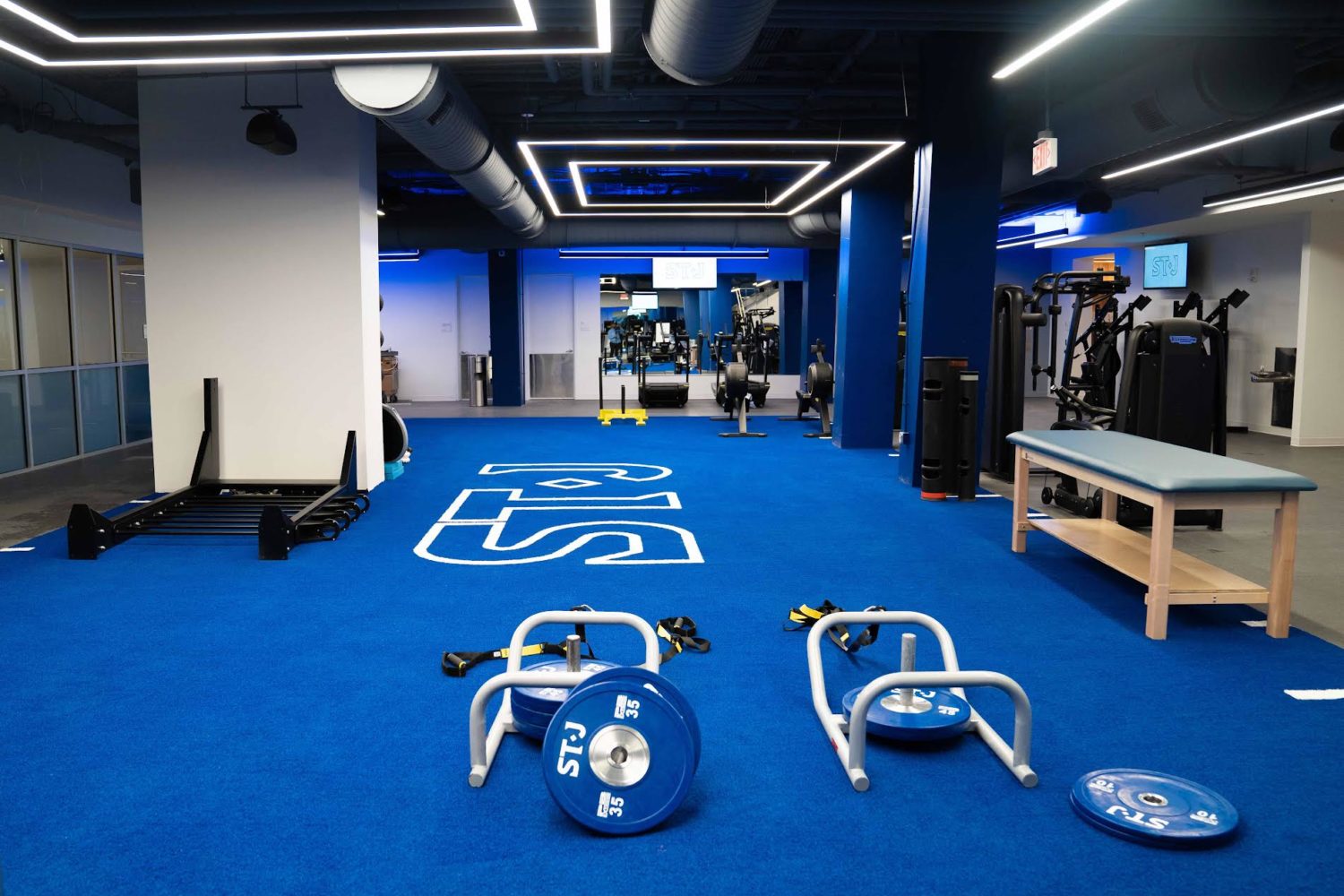Hospitalists: New Kind of Doctor
The next time you're in a hospital, you may encounter a new kind of medical doctor. Your primary-care doctor may not deem it cost-effective to come see you; a "hospitalist" will step into that role.
Hospitalists are assigned to patients and are present, in shifts, 24 hours a day. They look in on patients and coordinate their care, duties similar to those a primary-care physician would perform. Hospitalists also care for admitted patients who don't have a doctor, a task once assigned to reluctant hospital staff physicians.
Dr. Matt Poffenroth runs Inpatient Specialists, a hospitalist company employing 25 full-time and 30 part-time physicians who practice mostly in Maryland hospitals. Hospitalists can be board certified in a number of specialties, although most are board certified in internal medicine.
Hospital medicine, as it is called, began on the West Coast in the 1990s with a handful of doctors and has become the country's fastest-growing medical specialty. According to the Society of Hospital Medicine, there are now 12,000 hospitalists, who earn an average income of $155,000 a year.
"It's catching on like wildfire," Poffenroth says. "And we are not just at community hospitals. We're at university medical centers as well. It won't be long before it becomes a board-certified specialty."
Many area hospitals have contracts with hospitalists, including Suburban, Washington Adventist, Shady Grove, Holy Cross, and Montgomery General. They are full-time employees at Inova Fairfax, Inova Alexandria, GW, Providence, Sibley, Washington Hospital Center, and Johns Hopkins.
"Hospitalists make so much sense," says Brian Gragnolati, president and CEO of Suburban Hospital. "They are available 24 hours a day like residents at a teaching hospital, but they are experienced physicians. We find them to be a very effective way of caring for our non-ICU patients, and our patients are satisfied with them."
Intensivists: When You're in an ICU
About 4 million patients a year are admitted to intensive care units, and up to 20 percent die there. A study published in a 2002 issue of the Journal of the American Medical Association led by Dr. Peter J. Pronovost of Johns Hopkins Hospital concluded that the lives of as many as 175,000 ICU patients could be saved each year if intensivists, specialists in intensive-care medicine, were on duty 24 hours a day in all hospital ICUs. The study said there would also be a significant reduction in medical-care costs because patients would have fewer complications and shorter hospital stays.
One problem: Nationally, according to Pronovost, we need about 5,000 intensivists, but there are only 2,000 board certified. So nonintensivists such as pulmonologists and internists attend to many ICU patients.
Nurses: Making a Big Difference
Nursing shortages have come in cycles. But the current one is serious, and there's no sign it will end soon.
"Getting and retaining good RNs [registered nurses] is an annual stressor for all hospitals," says Dr. Richard Becker, CEO of George Washington University Hospital. "We are trying to attract them from Europe, the UK, the Philippines, and other parts of Asia."
The current shortage began when Medicare and managed-care companies cut reimbursement and many hospitals reduced their nursing staffs, sometimes leaving one nurse to care for 8, 10, or even 20 patients. With managed care also requiring people to be more seriously ill before they can be admitted, today's hospital patients are sicker, placing an added burden on nurses.
To fill the void, many hospital RNs now work longer shifts and are on permanent fast-forward to keep up with their high patient load. In some hospitals, nurses' aides perform duties once the province of RNs.
A study published in the October 2002 issue of JAMA showed why nurses are so important. The study found that when one hospital bedside nurse cares for more than four surgical patients, the risk of dying increases by 7 percent for each additional patient. When one nurse cares for six patients, the risk of death for those patients increases 14 percent. If the ratio slips to 1-to-8, the risk of patient death jumps to 31 percent.
The JAMA study was carried out by a group from the University of Pennsylvania that examined outcomes of 232,342 relatively common operations (gall bladder, knee and hip replacement, appendectomy, etc.) in the state in 1998 and 1999. The group found that 88 percent of the 168 hospitals in the study had nurse-to-patient ratios that exceeded 1-to-4.
The Washington-area hospital administrators who responded to our survey reported nurse-to-surgical-patient ratios in the range of 1-to-4 or higher. California passed a law mandating certain nurse-to-patient ratios, and Maryland is considering it.
Linda Aiken, an RN and nursing professor at the University of Pennsylvania, was the lead investigator of the JAMA study. She estimates 20,000 unnecessary hospital deaths occur each year because of inadequate nursing care. These are not deaths caused by "medical errors," she says, but deaths caused by a lack of caregivers.
The data from the Pennsylvania study are supported by other studies, including one in the New England Journal of Medicine and another by the Joint Commission on Accreditation of Healthcare Organizations. JCAHO tied low levels of nursing staff to one-quarter of all "sentinel events" in US hospitals. A sentinel event is an unexpected death or a serious complication.
Nurses are the eyes and ears of patient care. "You can't have a great hospital without a great nursing staff," says Holy Cross president and CEO Kevin Sexton. He and other hospital administrators say nursing turnover is costly because of the need to advertise for and train new nurses. A few years ago, Holy Cross Hospital worked to increase its nurse-retention rate from 80 to 90 percent, which is considered a good retention rate.
"It may not seem like a lot, but the difference between an 80- and 90-percent nurse-retention rate is staggering," Sexton says.
Right now, virtually all area hospitals use part-time agency or traveling nurses to fill the gaps. The two area hospitals with the coveted "magnet" status from the American Nurses Association–Inova Fairfax and Georgetown–have less of a problem attracting nurses because of their reputations for empowering RNs. Both hospitals say they have waiting lists of RN applicants. Holy Cross, Mary Washington, and Montgomery General hospitals say they plan to apply for magnet status within a year.
A Washington internist says, "I hear lots of complaints from patients about nursing care. If my patients can afford it, I suggest they hire a private nurse if they're hospitalized, especially during the evening hours."

















